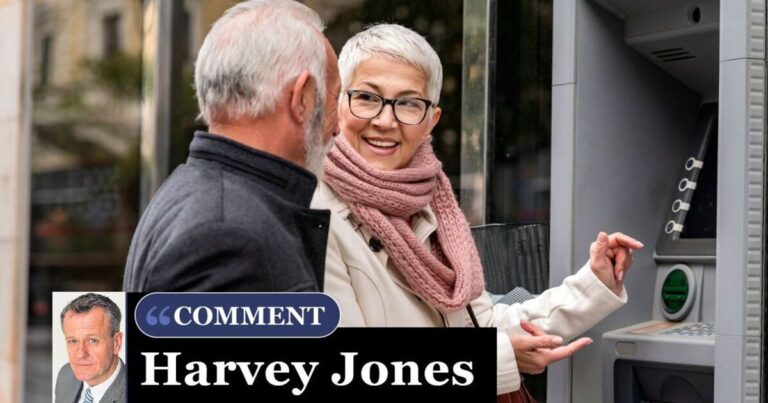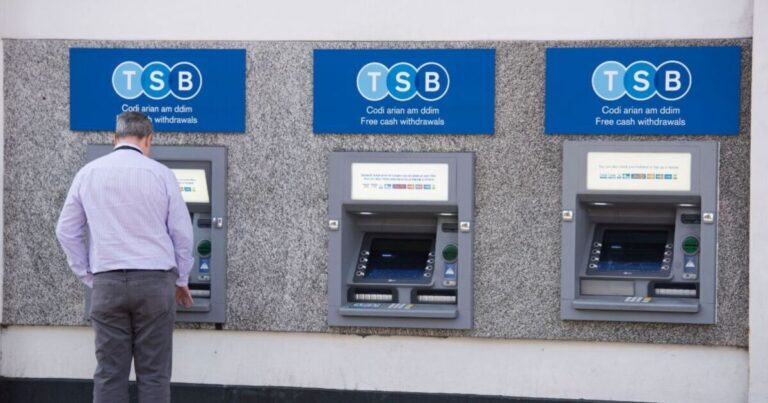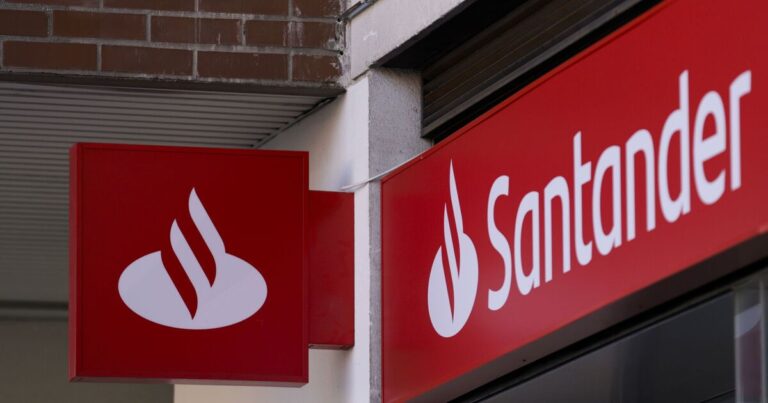Last updated:
 Why Trust Cryptonews
Why Trust Cryptonews

Starknet ecosystem, an Ethereum layer-2 scaling solution, has announced the introduction of STRK staking, an anticipated update to its governance structure.
For the first time, STRK holders will be able to vote on the Mainnet, which gives them the power to directly influence the staking mechanism and shape the network’s future.
Starknet: “Pivotal Vote” for the Staking
Starknet announced the inaugural decision-making process for STRK holders and the upcoming community vote through an official tweet.
The tweet called for the vote and encouraged all community members to review the proposal, provide feedback, and participate in what has been described as a “pivotal vote” for the ecosystem.
The proposal’s core revolves around the introduction of a staking mechanism for STRK tokens.
This mechanism will allow token holders to stake their STRK, contributing to the network’s security and potentially earning rewards.
The proposal includes two critical elements for the community to consider.
First, the minting mechanism governs how new tokens will be created and distributed as rewards.
Secondly, the protocol for modifying the parameters of this minting mechanism, which will be essential for maintaining the balance between network security and inflation.
Voting Schedule Amid Internal Challenges
Starknet has also provided a detailed roadmap for the voting process, ensuring that community members have ample time to understand and test the staking mechanism before making their decision.
The vote will be conducted in two stages: a test voting period and the official voting period.
The test vote is scheduled to run from September 2 to September 4, 2024, offering STRK holders a three-day window to participate in a simulated voting process on the testnet.
This preliminary vote will allow the community to familiarize themselves with the staking process and the proposed minting mechanism in a risk-free environment.
Following the test vote, the official voting period will take place from September 9 to September 13, 2024.
During this five-day window, STRK holders will cast their votes on the Mainnet, either delegating their voting power or voting directly through the Starknet governance hub.
The outcome of this vote will determine whether the proposed staking mechanism is approved and implemented on the Starknet network.
Starknet’s governance hub will serve as the central platform for this voting process.
The hub will provide all the necessary tools for STRK holders to participate, including options to delegate voting power to representatives or to self-delegate, ensuring that every holder has a voice in this critical decision.
Notably, the Starknet Foundation is experiencing a significant leadership change. Diego Oliva, the Foundation’s first CEO, is stepping down after successfully building a robust team and structure.
He will be succeeded by James Strudwick, who joined the Foundation earlier this year as Head of Ecosystem Growth.
This transition occurs amidst ongoing controversy within the Starknet community, particularly concerning the STRK token unlock and the subsequent airdrop.
The distribution of 700 million STRK tokens initially sparked a surge in active users, but enthusiasm quickly waned, leading to a significant drop in user engagement.
Additionally, the recent abrupt shutdown of the decentralized exchange ZKX, a protocol built on Starknet, has drawn criticism for poor communication and transparency, further complicating the challenges faced by the new leadership.
Due to these internal challenges, the company has been exposed to external threats.
Among these was the one on July 1, when the company issued an urgent warning about a security breach on its Discord server, advising users to avoid interacting with the server until the issue is resolved.





















